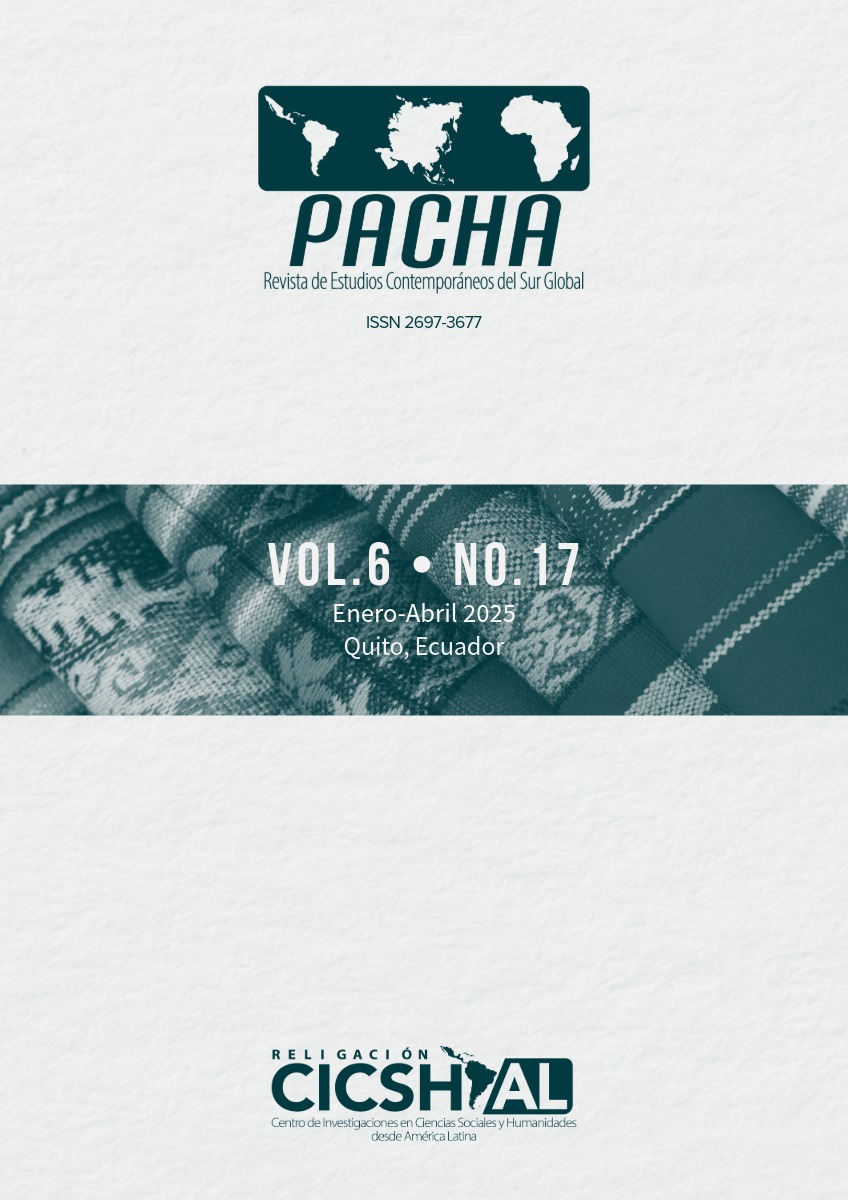Abstract
The following article focuses on presenting and implementing a program for transferring maximum strength to explosive strength in the youth categories of Taekwondo that allows improving its development in athletes for better performance in competitions, in such a way that Contribute to the prevention of injuries and be able to perform each action with the necessary power, given that the majority of Taekwondo athletes do not carry out a correct transfer from maximum strength exercises to explosive strength exercises, which can cause their levels of strength are low during said program. A group of 30 subjects was selected to be evaluated, who were between 16 and 19 years old from the JB SPORTS TAEKWONDO club in the Pre-Youth and youth categories. The plan consisted of working with this program 2 times a week during Over a period of 26 weeks, the strength of the lower body was measured using the My Jump 2 jumping platform application and for the upper body, measurements were taken with the linear ADR Encoder. The research was experimental. It explored the theoretical references and considered the theoretical construct of cause and effect. The research is descriptive because it characterized the profile of the study subjects (Dankhe, 1989). The research was also longitudinal because it observed the phenomenon in two moments as it was presented in the context of origin.
References
Anselmi, H. (2022). Manual de fuerza, potencia y acondicionamiento físico. Grupo Sobre Entrenamiento.?
González Badillo, J. J., & Gorostiaga, E. M. (1995). Fundamentos del entrenamiento de la fuerza: Aplicación al alto rendimiento deportivo. INDE Publicaciones.
Bompa, T. (2009). Periodización: Teoría y metodología del entrenamiento. Editorial Hispano-Europea.
Bompa, T., & Carrera, M. (2015). Entrenamiento de la potencia: Métodos y aplicaciones. Paidotribo.?
Bosco, C. (2000). La fuerza muscular: Aspectos metodológicos y aplicaciones al entrenamiento. Paidotribo.?
Cressey, E., West, C. A., Tiberio, D. P., Kraemer, W. J., & Maresh, C. M. (2007). The effects of ten weeks of lower-body unstable surface training on markers of athletic performance. Journal of Strength and Conditioning Research, 21(2), 561-567. https://doi.org/10.1519/R-20235.1?
González-Ramírez, A., Martínez-García, D., & González-Badillo, J. J. (2022). Transferencia de un programa de entrenamiento de fuerza al sprint y al salto vertical en futbolistas juveniles. Retos, 46, 972-979. https://doi.org/10.47197/retos.v46.93296
Loturco, I., Barbosa, A. C., Nunes, R. F. H., Pereira, L. A., Kobal, R., Kitamura, K., Abad, C. C. C., & Nakamura, F. Y. (2014). Predicting punching acceleration from selected strength and power variables in elite karate athletes. Journal of Strength and Conditioning Research, 28(7), 1826-1832. https://doi.org/10.1519/JSC.0000000000000329
Medina Maes, K. (2015). Influencia de la fuerza máxima en la fuerza explosiva. EFDeportes.com: Revista Digital de Educación Física y Deportes, 20(204).
Schmidtbleicher, D. (1992). Training for power events. En P. V. Komi, (ed.). Strength and Power in Sport (pp. 381-395). Blackwell Scientific Publications.?
Seitz, L. B., & Haff, G. G. (2016). Factors modulating post-activation potentiation of jump, sprint, throw, and upper-body ballistic performances: A systematic review with meta-analysis. Sports Medicine, 46(2), 231-240.
Suchomel, T. J., Nimphius, S., & Stone, M. H. (2016). The importance of muscular strength in athletic performance. Sports Medicine, 46(10), 1419-1449. https://doi.org/10.1007/s40279-016-0486-0?
Verkhoshansky, Y. V. (2006). Special strength training: A practical manual for coaches. Sportivny Press.

This work is licensed under a Creative Commons Attribution-NonCommercial-NoDerivatives 4.0 International License.
Copyright (c) 2025 Jean Cristopher Bacuilima Solis, Santiago Alejandro Jarrin Navas




